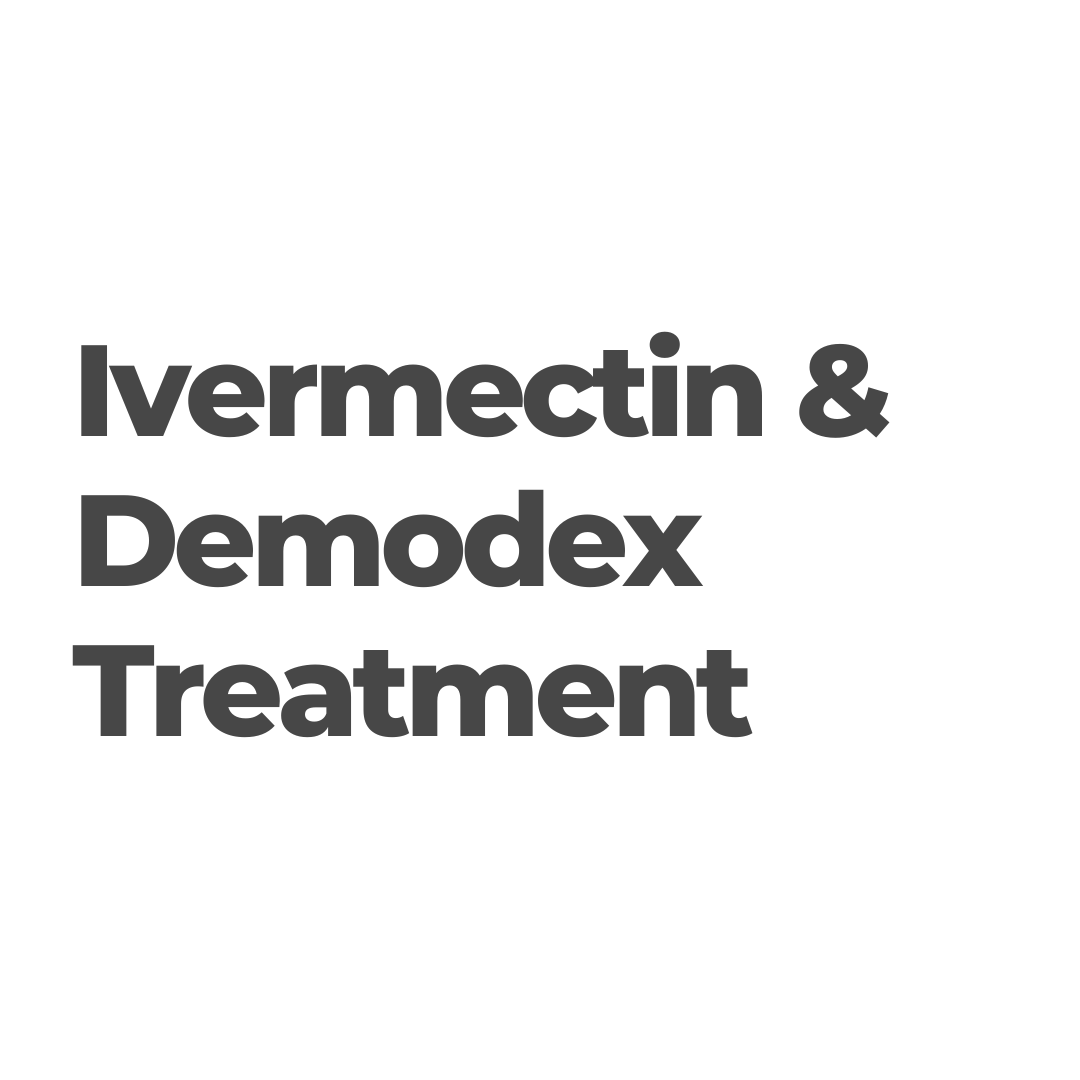Eye Makeup Considerations for Eye Health and Comfort
The eye area is delicate and sensitive.
Whether you're using eye makeup for yourself, your family, friends, or even patients, this is a valuable page to bookmark. It emphasizes the importance of being mindful about factors that can cause eye irritation and dryness.
The cosmetic industry, a thriving global market valued at $532 billion, continues to play a significant role in our daily lives. The FDA classifies cosmetics as "articles intended to be rubbed, poured, sprinkled, or sprayed on, introduced into, or otherwise applied to the human body...for cleansing, beautifying, promoting attractiveness, or altering the appearance."
Notably, this encompasses a wide array of products designed for application around the eyes, including moisturizing or anti-aging creams, gels, serums, false lashes, lash extensions, and eye and facial makeup such as concealer, mascara, eyeshadow, and eyeliner.
Here are some helpful tips to maintain clear, comfortable, and beautiful eyes while using eye makeup.
Never Sleep in Makeup:
A UK study found that 1 in 4 women don't remove makeup at night. Stress the need for nightly cosmetic removal to prevent microbial growth, demodex, infections, and meibomian gland blockage—especially crucial for combating dry eye disease.
Avoiding eye rubbing while removing makeup is crucial. Repeated eye rubbing can lead to permanent damage to the cornea, potentially resulting in vision loss over time. Additionally, rubbing the delicate skin of your eyelids can lead to wrinkles and, ironically, vision problems.
Be Mindful of Application:
Avoid loose eyeshadow particles getting into your eyes by choosing cream formulas over powders. Steer clear of eyeshadows with glitter and sparkles.
Attempting to apply eye makeup while multitasking is not advisable. Any time saved by putting on mascara in a moving vehicle is outweighed by the discomfort of potential eye irritation, smudging, or, worst of all, accidentally poking your eye.
If such an incident occurs, pause for a moment, blink a few times, and assess the situation. Eye injuries, even minor scratches, can be quite painful. Applying a lightly placed ice pack over the closed eye may offer some relief, but if the discomfort persists beyond a few minutes, it's crucial to seek an optometrist!
Don't Share Makeup:
It's important not to share or swap your eye makeup with anybody else to prevent the spread of bacteria and potential eye infections.
Promote good eye health by advising patients to consistently sanitize their cosmetic products and refrain from sharing makeup items or brushes. This precaution is crucial to minimize the risk of microbial contamination and potential ocular infections.
Remember, sharing extends to using tester products in stores and when makeup professionals apply the same products to multiple clients. According to a study by Sedzikowska, demodex, a microscopic mite, survived for 56 hours in a mascara sample. If multiple individuals share the same tube within that timeframe, there is a heightened risk of demodex transmission from person to person.
Keep Your Makeup Tools Clean:
Regularly cleaning cosmetic brushes, sponges, and products ideally every 2-3 weeks, is crucial to prevent the proliferation and transmission of microbes. This practice not only maintains the hygiene of your cosmetic tools but also contributes to the overall health of your skin, reducing the risk of dry eye disease. Avoid moistening them with saliva or water, as this can introduce bacteria.
Replace Products Regularly:
Mascara should be replaced every 1-3 months since they can harbour bacteria. As a general rule, replace liquid eye makeup every 3 months and powders every 6 to 9 months.
Avoid Applying Waterline Eyeliner:
Waterline eyeliner, applied inside the lash line or inner rim of the eyelid (known as tight lining), can create a bold look, but it's best for special occasions due to its potential impact on eye health.
Meibomian glands located in the eyelid margins produce essential tear film components. Inflammation of these glands can lead to issues like Meibomian Gland Dysfunction or blepharitis, causing long-term damage and dry eyes.

One common problem arises from blockages in these gland openings, which can result from makeup residue, skin particles, and bacteria. These blockages can lead to stagnant oil, inflammation, and eye damage.
Avoid Tattoo Eyeliner and other Permanent Makeup around the Eyes:
Tattoo eyeliner and other permanent makeup around the eyes may cause complications like dermatitis, tear film instability, and meibomian gland atrophy. The FDA lacks regulation on the ink used, potentially containing harmful substances.
Improper application can lead to corneal or conjunctival injuries. Consider these risks, particularly regarding dry eye disease, before opting for such cosmetic procedures.
Be Cautious with Eyelash Growth Serums:
Stay away from lash boost serums that contain prostaglandin or synthetic prostaglandin-like ingredients such as isopropyl cloprostenate. These ingredients have been associated with potential risks such as changes in eye colour, darkened eyelids, redness, and obstructive meibomian gland dysfunction.
Instead, opt for amino-acid polypeptide serums.
Considering it? Have a look at our 'Dangers of Eyelash Growth Serum' blog here!
Be Cautious of Lash Extensions:
Optimal lash length is approximately one third of the eye's width. It filters dust particles, minimizes tear film evaporation, and redirects air flow.
Shorter lashes may not impede air flow effectively, while excessively long lashes from serums, false lashes, or extensions can worsen dry eye symptoms and cause discomfort as they can touch the surface of the eye. Additionally, the adhesives used in lash extensions can lead to irritation.
Individuals opting for fake lashes are often less inclined to adhere to proper eyelid hygiene practices, leading to the development of conditions such as blepharitis and demodex. Recent research indicates that a significant 73.3% of users encountered adverse effects like itching, redness, and pain after application of eyelash extensions.
If you choose to wear lash extensions, consider wisps or natural lengths, use non-formaldehyde-based glues, and clean them daily with hypoallergenic products to minimize the presence of bacteria and mites.
Check out a list of Do's and Do Not's of Eyelash Extensions!
Lash tinting and dyeing can lead to inflammation, oedema, watering, and conjunctival reactions.
Be Cautious of Expired Products
A study revealed that 97% of women admit to using expired cosmetics without knowing when to dispose of them.
To prevent issues like irritation or the risk of infection, it's essential to check the labels on cosmetic products, usually located on the back, indicating the safe usage period after opening. We recommend patients note the opening date and follow the specified disposal timeline to enhance cosmetic safety and reduce the risk of dry eye disease.

When to Insert and Remove Contact Lenses?
If you wear contact lenses, put them in before applying makeup and remove them before taking off your makeup. If you use eye drops as part of your dry eye management, apply them 15-30 minutes before removing your makeup.
Choose better formulas that have purposefully been produced to be safe for your eyes!
When it comes to selecting makeup and makeup removers, check the ingredient lists and try to avoid the following around the eyes:
| Argireline (Acetyl Hexapeptide-3 or Acetyl Hexapeptide-8) | Negative reaction with the meibomian glands. Aggravates/causes dry eye symptoms. | |
|
Balsam of Peru |
Also known as Myroxylon pereirae, this substance is used as a fragrance additive. It is recognized as one of the top ten contributors to contact dermatitis. | |
|
Benzalkonium chloride (BAK) |
Preservative, toxic to epithelial and goblet cells, disrupts tear film. | |
| Benzyl Alcohol | While alcohols speed the cosmetics’ drying time, they also dry out native oils and moisture of the lids and ocular surface. | |
| BHA and BHT | These are synthetic antioxidants used as preservatives. The International Agency for Research on Cancer classifies BHA as a potential human carcinogen. | |
| Carbon Black | A poorly soluble particle that is toxic and thought to cause cancer. | |
| Chlorphenesin | Toxic to meibomian glands and cornea/conjunctival cells. | |
| Cinnamates | Fragrance, pro-inflammatory, activates TRPV1 and TRPA1 receptors on dendritic cells and corneal nerves | |
| Coal tar | These are dye derived from petroleum. Some coal tar colours are prohibited due to their identification as carcinogens. While some of these colours are still employed in hair products, food additives, and lipstick, it is noteworthy that some literature suggests their continued use may be linked to an increased risk of cancer. | |
| Colophony (rosin) | Common cause of contact dermatitis | |
| DMDM Hydantonin | Formaldehyde donating preservative | |
| EDTA | Preservative, prevents divalent cations Ca2+, Mg2+, disrupts tear film stability | |
| Ethanolamines (MEA/DEA/TEA) | Are ammonia compounds utilized in cosmetics as emulsifiers, foaming agents, and hair colorants. Prolonged and repeated use may elevate the risk of cancer. | |
| Ethylhexylglycerin | Preservatives that can cause eye irritation, contact dermatitis, and sensitization. | |
| Formaldehyde / Formaldehyde releasing compounds |
Preservative, irritant to corneal nerves, causes burning, itching, redness, tearing, dose dependent meibomian and epithelial cell death. Concentrations greater than 0.2% are associated with contact dermatitis, skin and ocular surface irritation, and even nasopharyngeal and nasal cancers. |
|
| Fragrance | May elicit allergic reactions, migraines, and symptoms of asthma. | |
| Glitter/metallic colours | Exercise caution to prevent glitter specks from lodging in ocular tissue. | |
| Hydroquinone | A skin-lightening agent associated with the risk of cancer and organ-system toxicity. | |
| Hydroxymethylglycinate | Formaldehyde donating preservative | |
| Isopropyl or denatured Alcohol | ||
| Isopropyl Cloprostenate | Frequently present in eyelash growth serums and is associated with potential side effects such as conjunctival hyperemia, skin/iris pigmentation, pruritus, lash loss, and decreased intraocular pressure (IOP) | |
| Metals (Nickel, cobalt, chromium) | May pose potential toxicity risks through repeated exposure and skin absorption. | |
| Methylisothiazolinone and Methylchloroisothiazolinone | Preservatives that can cause eye irritation, contact dermatitis, and possible neurotoxicity | |
| Nylon fibers | Lengthening agent in mascara, foreign body induced conjunctivitis | |
| Oxybenzone | Present in sunscreens and exhibits characteristics associated with endocrine disruption | |
| Parabens (methyl-, isobutyl-, propyl-) | Preservative, toxic to meibomian cells, xenoestrogens can potentially disrupt hormone function | |
| Phenoxyethanol | Non formaldehyde donating preservative (often marketed as “paraben-free”, meibomian cell death even at low concentrations | |
| Phthalates |
|
|
| Prostaglandins (anything with -prost) | Lash growth, aerodynamic compromise, hyperpigmentation, periorbital fat changes | |
| Prostaglandin Analogues (e.g., Isopropyl Cloprostenate) | Frequently present in eyelash growth serums and is associated with potential side effects such as conjunctival hyperemia, skin/iris pigmentation, pruritus, lash loss, and decreased intraocular pressure (IOP) | |
| Quaternium 15 | Formaldehyde donating preservative. | |
| Retinoids, Retin A and its retinoic, retinol and retinyl |
Wonderful anti-aging products for the face, but not for the skin around the eyes. The keratinizing, apoptotic, IL-1B and MMP-inducing effects of retinoic acid have been described in human meibomian gland cell culture (HMGC). Damage meibomian glands in high concentrations. |
|
| Vitamin A metabolites | Anti-aging skin products, in high concentrations can alter meibomian glands | |
| Salicylic Acid | ||
| Sodium Lauryl Sulfate and Sodium Laureth Sulfate (SLS and SLES) | Surfactant in many makeup removers, detergent that strips natural oils. | |
| Talc | That’s not certified asbestos-free | |
| Thimerosal | Preservatives that has been identified as an allergen and a neurotoxin. | |
| Titanium Dioxide (powder form) | While there is a low risk of exposure when used in lotions/creams, it can be carcinogenic when inhaled. Exercise caution when handling loose powders near the face. | |
| Toluene | Solvent, pro-inflammatory, aberrant activation of TRP receptors | |
| Triclosan and Triclocarban | Preservative and stabilizer, pro-inflammatory, activation of TRPA1 receptors | |
| Urea (anything with urea in the name) | Formaldehyde donating preservative. Potential as endocrine disruptors, bioaccumulation, and the emergence of bacteria resistant to antibodies and antibacterial products. | |
| Waxes | Waxes present in eyeliners possess the potential to obstruct the terminal orifices of the meibomian glands, consequently impeding the delivery of meibum to the lipid reservoir along the lid margin and, subsequently, hindering its release onto the tear film. |
For more in depth coverage of eye cosmetics and dry eyes, have a look at our 'Impact of Cosmetics on Dry Eyes' blog.






